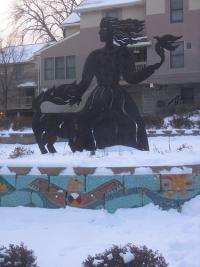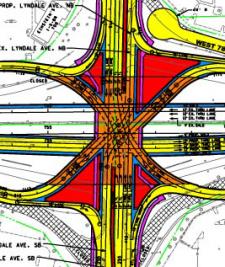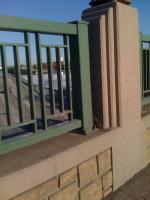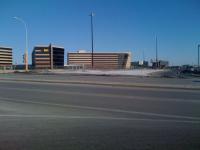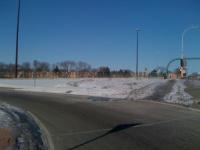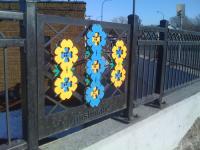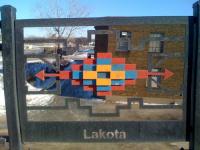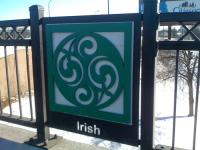Mon 28 Apr 2008
Alternative to Developer Driven Housing
Posted by admin under Senior Housing
Comments Off on Alternative to Developer Driven Housing
One of the things I have noticed going to Corridor Housing Initiative meetings on 76th Street is how developer driven the solutions were to our senior housing issues. Yes there was “community input” but I can’t shake the feeling that the community was only given lip service rather than real power. After all I had suggested developing artist work/live housing, something other than senior housing which was the favorite with the developers on the presenting on the panel.
While living in Richfield, all I ever heard was the need to “build” more senior housing and to get seniors out of their homes. Why has there been no solution to help seniors stay in their homes so they can age in place? The U.S. Supreme Court ruled in 1999 that Americans have a constitutional right to be cared for in the least restrictive environment — which means at home.
Maybe the city has programs that I am missing but I one program that is very effective and not in place in Richfield is the Block Nurse Program is a community service program that uses volunteer to help older adults remain in their homes as long as possible. Using a combination of neighborhood volunteers and health professionals, the program provides information, support services and health care to neighborhood residents over the age of 65.
The aging at home option is not (surprise surprise) a solution pushed by the developers. I am not saying that senior housing is not needed or necessary but given the savings to taxpayers and the quality of live issues, I am surprised this is not an option supported by more by the city.
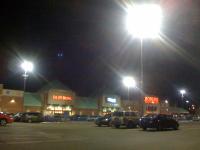

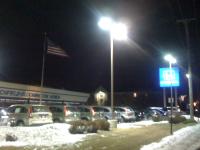
 So there has been a series of interesting articles and blog entries about the metro area cities attempts to market themselves. The Pioneer Press
So there has been a series of interesting articles and blog entries about the metro area cities attempts to market themselves. The Pioneer Press 